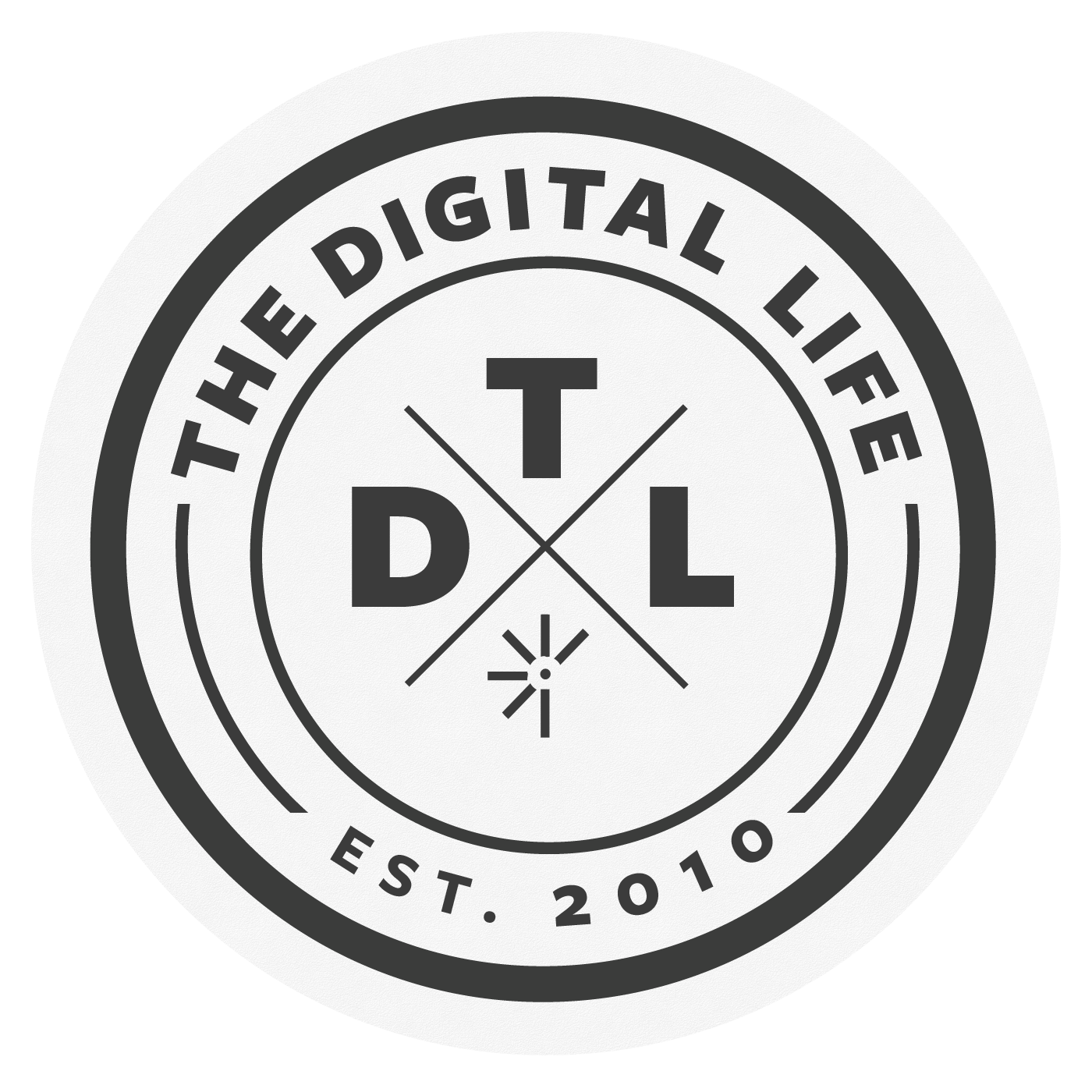Episode Summary
There's been much ado this week about the debut of the Microsoft HoloLens and the renewed promise of augmented reality. The vision of a digitally enhanced world, with entertainment, gaming, and work options integrated spatially into our day-to-day existence is powerful stuff. But the disappointing adoption of the first major foray into the space, with Google Glass, has left us skeptical. Will augmented reality via glass or lens be relegated to specialist applications, like health and manufacturing? Or will consumers flock to the product that gets the user experience right? In this episode of The Digital Life, we examine the UX of augmented reality and discuss the promise and potential perils of the Microsoft HoloLens.
Here are a few quotes from this week's discussion.
Jon on professional applications for the HoloLens:
If you watched the demo video for the HoloLens, there’s — for lack of a better term — a lot of and smoke and mirrors going on. Everything looks like there’s immaculate integration into your day-to-day life. But, of course, they showed the CAD software, and the gestures are immediately recognized and affecting this 3D CAD object. You just know that the experience of manipulating CAD is so intricate to begin with — having some experience designing CAD software ourselves — the gestural interactions needed to achieve that kind of interaction with CAD software is going to be very tricky to pull off. While it looks great in the HoloLens initial promo marketing video, I think there’s going to be a drop-off when it comes to the actual user experience.
Dirk on the augmented and virtual reality products:
If these were things that were brand new or original ideas that could at least be sold as a thought experiments as opposed to a product, I would respect that. But the fact is that the technology that they’re showing here is stuff that we saw in Minority Report 15 years ago — a Hollywood movie that the technology for which was dreamed up and derivated from some of the top scientists and technologists who were tasked with looking in the future and seeing what computing would look like. This is all done before. There’s nothing with Oculus Rift or Microsoft or any of these right now today that are showing us something that we haven’t seen before, in a technology conceptual manner. There’s really no bang on that side. Then, it has to be about being a real product, and it simply isn’t. It’s years, potentially many, away from being a product, and even when it is, it’s more likely to be a niche tool for certain use cases than this thing that’s strapped on your head or however it’s done when they finally get there, all day, for long period of time, in a lot of different contexts.
